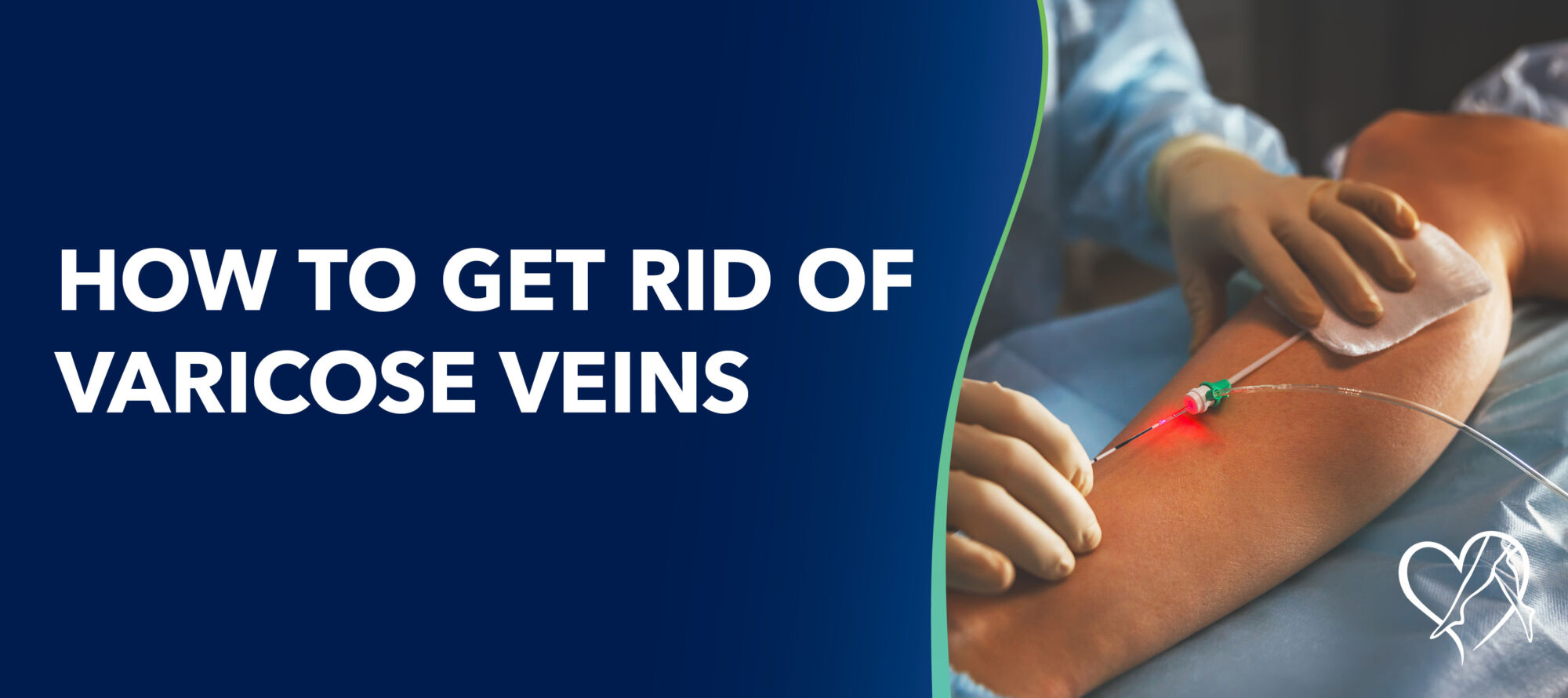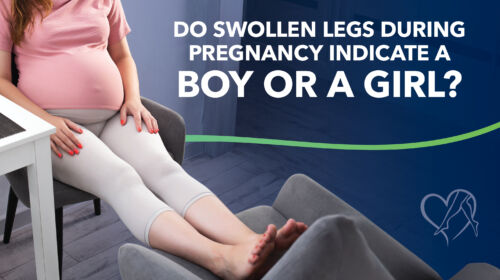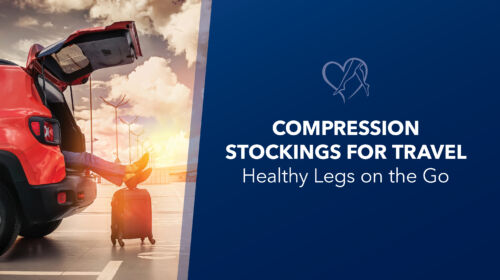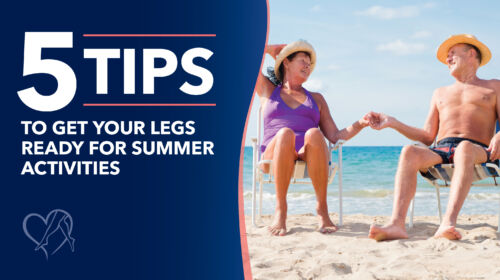

While varicose veins and cancer are separate conditions, cancer treatments can increase the risk of blood clots, especially in those with existing vein disease. This blog, medically reviewed by Center for Vein Restoration vein specialist Dr. Michelle Nguyen, explores how cancer therapies can impact vein health and offers guidance on reducing the risk of complications like deep vein thrombosis (DVT). Learn how to protect your vascular health and find support from vein experts dedicated to your long-term wellness.

This blog discusses the circulatory changes that trigger postpartum edema and shares easy self‑care steps to keep swelling in check. When home remedies fall short, count on the experienced CVR vein team for personalized, cutting‑edge treatment.

Swollen legs during pregnancy are common—but do they really reveal your baby's gender, or could they point to varicose veins or early signs of vein disease? Find out what causes pregnancy leg swelling, when to see a vein specialist near you, and how Center for Vein Restoration can help you stay healthy, comfortable, and confident before and after childbirth. From treating varicose veins during pregnancy to protecting long-term vein health, our experts are here to support you every step of the way.

Traveling this summer? Learn how compression stockings for travel can improve circulation, prevent varicose veins, reduce leg swelling, and lower your risk of deep vein thrombosis (DVT) during long flights or road trips. Discover expert tips from Center for Vein Restoration on choosing the right compression socks and keeping your legs healthy, strong, and pain-free wherever your journey takes you.

Get your legs ready for summer with five expert tips to reduce varicose veins, spider veins, swelling, and leg discomfort. Learn how to boost circulation, protect your vein health, and recognize early signs of vein disease—and discover why seeing a vein specialist at Center for Vein Restoration is the best way to achieve healthy, beautiful legs. With advanced, minimally invasive vein treatments, you can feel confident, active, and ready to enjoy every summer adventure.

Vein health is often overlooked in women’s health, yet millions suffer from vein problems like varicose veins and chronic venous insufficiency that can seriously impact daily life. In this medically reviewed blog, Dr. Pamela Kim explains why women are more at risk and how modern, minimally invasive treatments can provide relief. Learn the signs to watch for, when to seek care, and how to protect your long-term vein health.

Milwaukee Bucks star Damian Lillard’s recent return to the court after being sidelined with deep vein thrombosis (DVT) highlights the serious risk of blood clots in young, healthy adults. This blog explores Lillard’s health scare, the causes and warning signs of DVT, and why early detection and treatment are crucial. It also emphasizes how treating underlying vein conditions like varicose veins can help prevent dangerous complications, with expert care available from Center for Vein Restoration.

Should you choose thigh-high or knee-high compression socks? This blog breaks down the differences, helping you understand which length and pressure level best support your vein health. Get expert advice from Dr. Robin Huang and learn how to choose the right compression gear for lasting comfort and symptom relief.